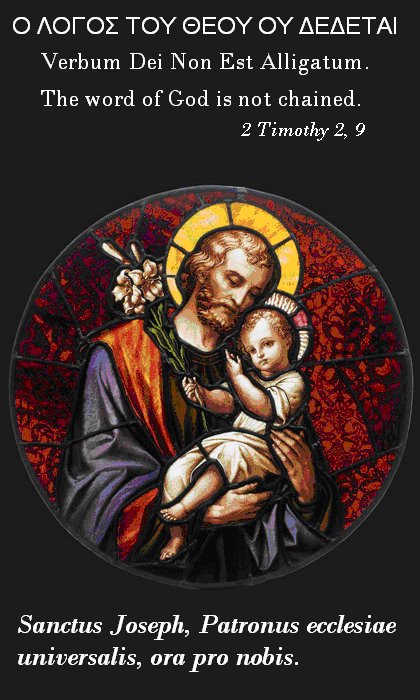One last excerpt from Karl Stern's account of his conversion, chosen almost at random (nearly every page of this book contains some thought-provoking idea, some striking anecdote, something worth passing on):
"The Church mirrors the facets of History. The Gospel is always the same. But the life of the Gospel in the turmoil of the fourth century is seen in St. Augustine. The life of the Gospel at the height of the Middle Ages ... is perceived in St. Thomas. In the nineteenth century, the century in which the human mind began to rule systematically the material forces of the universe, the Church began to extol the Little Way, the mystic life in hidden "little people." This is the only logical answer to the threat of a coming managerial age. Christ always has the appropriate answer, and He gives it in His saints. I have mentioned how great intuitive geniuses, such as Goethe and Tolstoy, perceived the mystic significance of the "little people". The Church, quite independently, has emphasized the same point. But in doing so she only re-emphasized one aspect of her eternal doctrine. Every century the Church takes a red pencil and underlines certain words of the Gospel, words which happen to fit the occasion. "Many thoughts", says Father Sossima [in Dostoevski's Brothers Karamazov, I believe. -A],"seem to lead us into a state of doubt. Particularly when we see the sins of men we ask ourselves: 'Shall we tackle all this by force or by humble charity?' Always decide in favor of humble charity. Once you have decided in favor of it you will conquer the whole world. Humble charity is a terrible force; it is the greatest force in the world; there is nothing like it ..."
Friday, March 27, 2009
Subscribe to:
Post Comments (Atom)

No comments:
Post a Comment